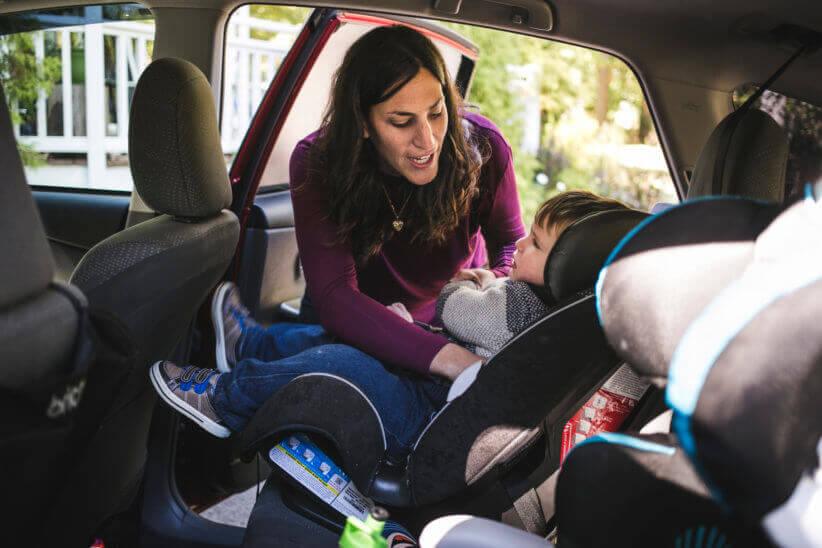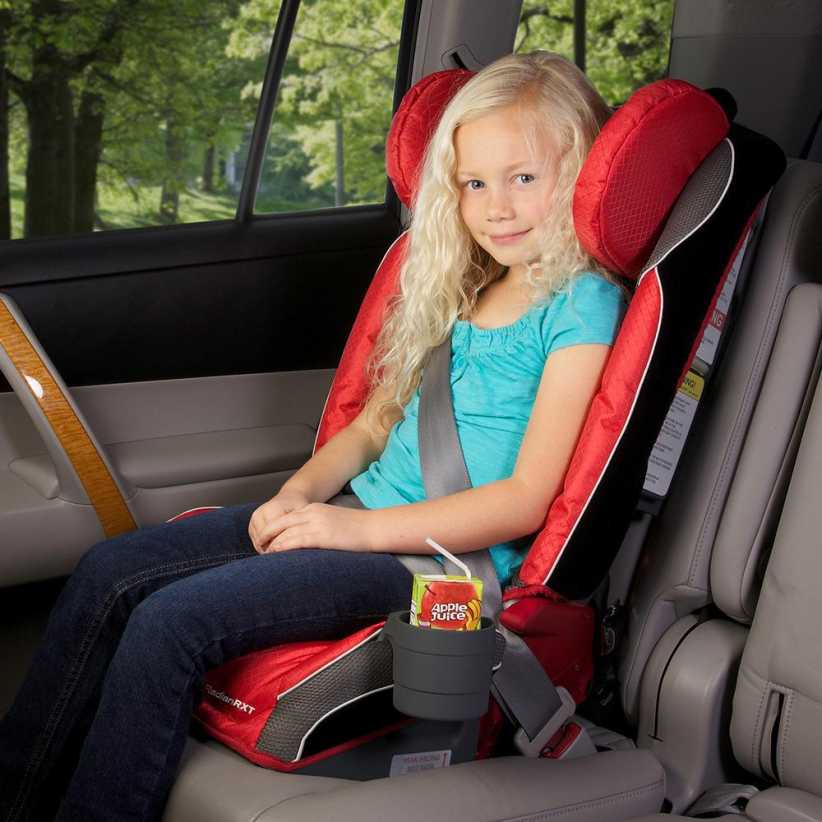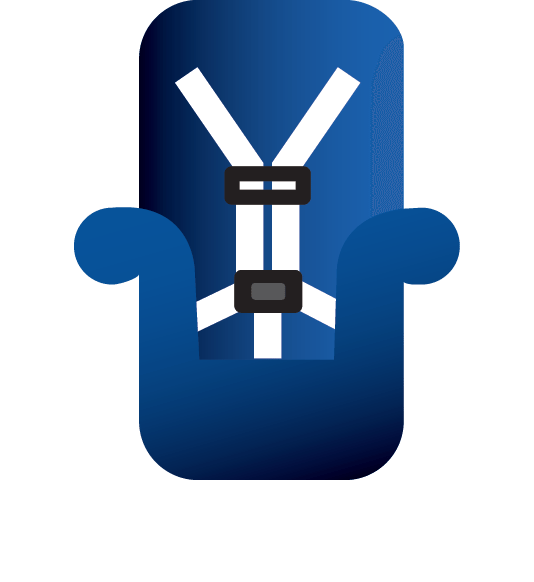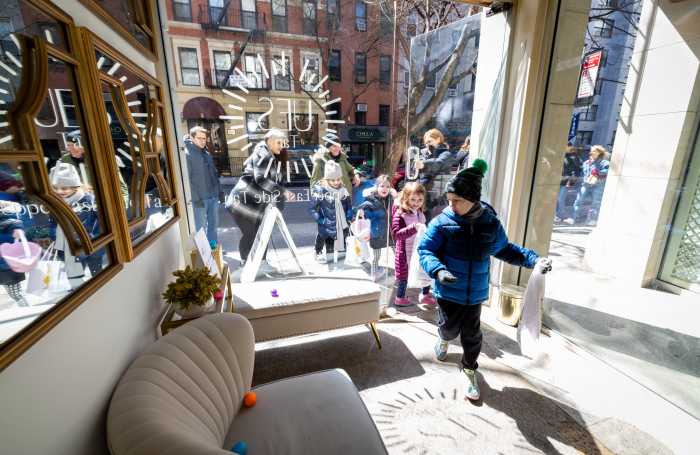
Choosing the Right Car Seat: Advice from a Child Passenger Safety Technician
When it comes to keeping your child safe, a good car seat is a must. With all the options on the market, looking for the right choice for you child can be overwhelming. But knowing what to look for in a good car seat can make the process less stressful. We sat down with child passenger safety technician Dahlia Rizk to talk about car seat safety and how you can make sure your child is as safe as possible in the car.
Psst… check out the Best New York Fall Family Bucket List!
Picking the Right Car Seat
It’s easy to think that the more expensive a seat is, the safer it is, but that’s not the case. No matter how much a car seat costs, all car seats are tested to the same state safety standards.
Rizk says that what will make a seat the safest for your child is one that fits correctly in your car, one that you can install properly and one that you can use properly every single time.
When looking for a seat that fits correctly in your car, there are a couple of things to keep in mind. For example, if you’re using a latch system, make sure there are enough latches for all of the car seats you want to put in and make sure they’re in the right place.
“Lots of times, parents want to put the child in the middle because the middle is the safest, but most cars don’t have the latch in the middle seat,” Rizk says. “And so parents think they can borrow the left anchor on the right-hand side and borrow the right anchor on the left-hand side, and you can’t do that, which means that car seat doesn’t fit in that position in your car.”
Rizk also recommends that parents consult both the car’s owners manual.
“It’ll give them instructions on how to use the different parts of the car that’s designed for the car seat, like the latch and tether,” Rizk says.
If you’re looking for extra assurance that your seat is set up correctly, you can arrange a visit with a local child passenger safety tech. Additionally, Rizk says many stores will allow you to test a seat in your car so you can make sure it fits before purchasing it. There are also resources online to consult for more information, like Safe in the Seat and Safe Beginnings.
Common Car Seat Mistakes
One of the most common mistakes is the harness is too loose. Parents should ensure that the harness is snug against the child’s chest and shoulders and conduct a “pinch test” to ensure that they can’t pinch the harness webbing.
The chest plate should always be at armpit level.
“The chest clip is a pre-crash positioner,” Rizk says. “It positions the harness over the shoulder so that they’re not slipping out if you’re in a crash and the child doesn’t fly out.”
There should be no twists in the harness, either.
“Sometimes the twists sneak their way in there through daily use, but you always want to make sure that you untwist it,” Rizk says. “That makes sure that the force of the crash is distributed evenly across the harness.”
As the winter months approach, it’s important to remember that the National Highway Traffic Safety Administration (NHTSA) and the American Academy of Pediatrics (AAP) recommend removing puffy coats. If you’re worried about your baby staying warm in the car, try using a blanket or a car seat-safe coat.
Other Things to Keep in Mind
Latch systems almost always have a weight limit of 65 lbs, and this 65 lbs includes the weight of the child plus the weight of the car seat itself. Once the combined weight passes 65 lbs, you should switch over to a seatbelt to install the car seat instead of a latch system.
Rizk says while car seat safety can feel overwhelming, a properly installed seat is imperative to the safety of your child.
“Having a properly installed car seat and a properly used car seat every trip can be the difference between walking away from a car crash and having to spend a lot of time worrying about your child,” Rizk says.






















